Many archeologists who analyze the great ruins of Tiahuanaco near the border of Peru and Bolivia conclude that the city was founded around 15-17,000 years ago, and existed for millennia before being destroyed in a cataclysm that brought this coastal port over 12,000 feet above sea level and wiped out its population, once the most advanced civilization in the world. Many believe this was Plato’s Atlantis – and I have to agree that the rectangular plain of the Altiplano matches Plato’s description quite well, down to the width and depth of the grid of ancient canals.
The strand line around Lake Titicaca shows the old level of the water. Not only is it far higher than the water level today, it also shows that the land did not rise from the sea evenly – the strand line is much higher to the north than in the south. Animals like seahorses in the lake suggest it was recently part of the ocean.
Many pole shift researchers know the North American ice cap existed 13,000 years ago because the North Pole was in Hudson Bay, and when the last pole shift relocated the pole to its current position, North America warmed up by moving thirty degrees south, while South America also moved south but suffered more mountain-building as land moved south of the equator.
